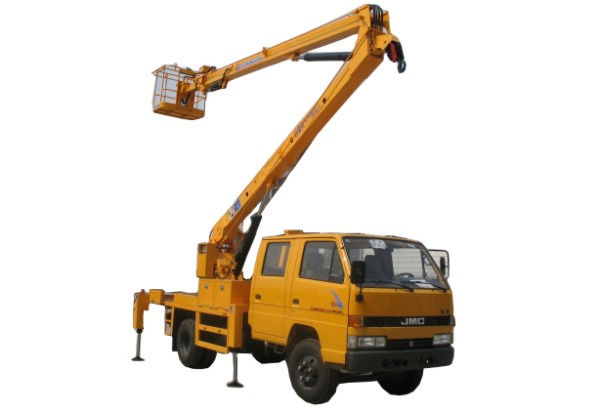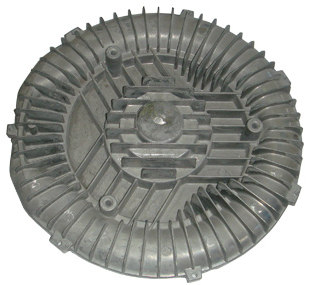With the gradual increase of buildings, many times we need to complete construction projects through high-altitude operations. Therefore, high-altitude vehicles have emerged. The high-altitude operation vehicles are controlled by a hydraulic or electric system. The work vehicle is mainly equipped with a hydraulic transmission loading device. After the construction personnel are lifted into the air, the work is carried out. In the case of correct use, the safety of the operator can be guaranteed, but if any misbehavior occurs, it is It is easy to cause potential danger.

At present, high-altitude trucks have been widely used in the fields of electric power, street lamps, and municipal operations. There are special operating devices for high-altitude trucks. At the same time, they can also remotely control the start and stop of engines and control the speed of work vehicles. The electro-hydraulic ratio allows the aerial working vehicle to rotate around 360° during operation, which not only combines the functions of night lighting, but also lifts heavy objects.
The aerial working vehicle is a multifunctional, multi-purpose working device. The bracket at the front end of the boom can not only install the lifting device, but also can install the manned platform to realize material lifting and hoisting and lifting. Manned aerial work, etc. At present, high-altitude trucks are equipped with three-dimensional rotating lifting devices, which not only can maintain the stability of lifting materials, but also can lift the material to any direction, arbitrary height, etc., the speed control is very accurate, and the machine's micro-motion The performance is also very good. This can meet the requirements for installation of aerial work and ventilation ducts in large caverns.
In order to reduce the potential danger caused by aerial vehicles, operators must hold a bus driving license when operating aerial vehicles. Be sure to pay attention to the hydraulic pump when adding the gearbox. During the passage period, attention must be paid to the height of the passage of bridges and tunnels. At the same time, the speed of the road during the passage should not exceed 30 km/h, and the speed of the suburbs should not exceed 40 km/h.
Die Casting Parts:
The casting is a metal human control of hot working process relatively early, has a history of about 6000 years.In early 1700 BC to 1000 China has entered into casting heyday era,the technology has reached a very high level.
the material to be casting is usually solid but heated to a liquid metal (copper, iron, aluminum, lead, tin, etc.), and mold materials can be sand, metal and even ceramics. In response to different requirements, the use of the method will be different.
Different Category:
Casting blank is almost forming, which achieves the goal of free machining or less processing, reduces cost and reduces production time to a certain extent. Casting is one of the basic processes in modern equipment manufacturing industry.
(1) Sand casting:
Using sand as the mold material, also known as sand casting, foundry, including wet sand, dry sand and chemical hardening sand 3, but not all are available in sand casting. Advantage is low cost, because of the use of the mold sand can be reused; drawback is the mold manufacture time-consuming, repeated use casting model is not possible. To damage can be achieved after the finished product.
(2) Special Casting Process:
According to the special casting molding materials can be divided into natural mineral sand as the main materials (such as casting, mud casting, shell casting, vacuum casting, mold casting, ceramic mold casting, special casting and metal) as the main cast materials (such as metal casting, pressure die casting, continuous casting, low pressure casting, centrifugal casting, etc.
2.1 Metal mold casting method: using high melting point is the raw material made of metal mold. The subdivision for gravity casting, low pressure casting and pressure casting method. By casting the melting point can be cast metal has also been limited.
2.2 Lost wax casting method: this method can for membrane casting and solid casting. First the object copy the required casting wax, and then dipped into ceramic containing (or silica sol) in the pool and stay dry, the wax replica covered with a layer of ceramic membrane, repeating the steps until the outer membrane is sufficient to support the casting process (about 1/4 inch 1/8 inch), wax melting in the mold, and out of the mould. Then many times to enhance the mold temperature, the hardness can be used to rear casting.
Based on different casting raw material,we`ve Steel Die Casting,copper alloy die casting and aluminium alloy die casting.
Processing:
(1)The mold preparation (liquid metal become a solid container for casting ) according to the material used can be divided into sand, metal, ceramic, clay, graphite, according to the frequency of use can be divided into single type, semi permanent and permanent mold preparation, quality is the main factor affecting the quality of castings;
(2) The melting and casting;:casting metal (alloy) mainly include all kinds of cast iron, cast steel and casting of nonferrous metal and alloy castings;
(3) The processing and inspection: casting processing including removal of the core and the casting surface removal of foreign body, riser, shovel thorn and sanding fash protrusions and heat treatment, plastic. Anti rust and rough machining.

Die Casting Parts,Steel Die Casting,Copper Die Casting,Aluminium Die Casting
VESTA Motoring Ltd , https://www.vesta-industry.com